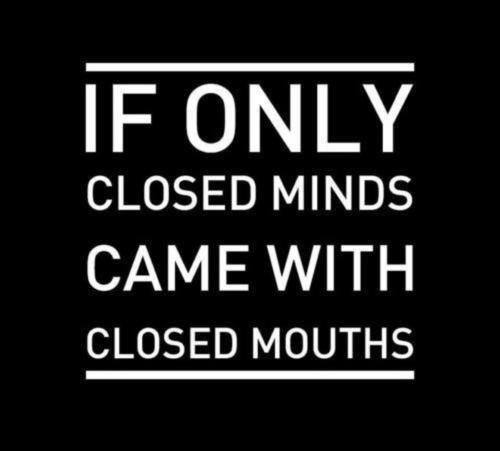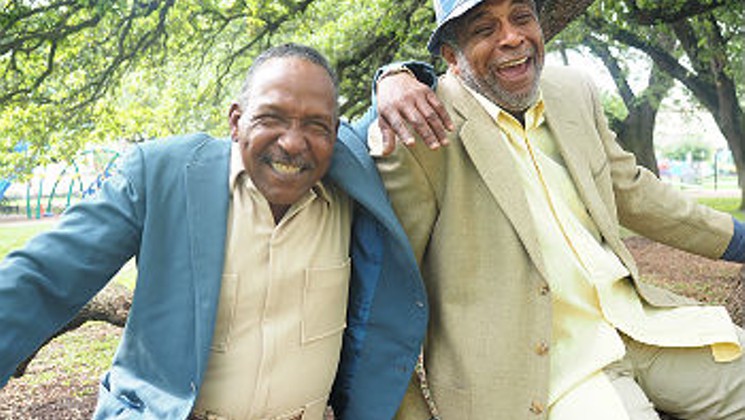By Don Allen, Publisher

Unity is not a social cabal. (photo: Family Quotes | … Love Family Wisdom Quote – Fair Use)
I’ve been to the East Coast, West Coast, down south and Canada. The black communities I engaged with wanted me to see the unique and intentional diversity, collaborations and success they had when working as a solid collaborative. Despite of looking in from the outside, I was able to see the most marginalized blacks in those communities who were thought of as radical, non-filtered, Republicans and unpredictable have a position within the community that believe it or not, was the main driver in getting things done on behalf of the community. After careful observation of these others, I reflected on Minnesota’s black community; it’s leadership, businesses, politicians and stakeholders. It seemed like something is been missing from the social and political construct. If Black Minnesotans working together in unity is a weakness, then how does that reflect what the mainstream sees in everyday news about black people and the generational gaps from education to wealth?
In James E. Blackwell’s (1975) “The Black Community: Diversity and Unity,” he writes about his journal, “The black community is defined as a diversified set of interrelated structures and aggregates of people who are held together by the forces of racism.” One could argue that with the evolution of Jim Crow; lynching to the miseducation of black youth (and adults), the black community is trapped inside of significant construct that puts barriers up against unity, collaborations and success when black Minnesotans come together, or in this case, if they come together.
Black Minnesotans have been looked at in the eye by local and state political leaders and told that “glory was coming from that-there mountain top” to save the cold Negro of Minnesota and his counterparts that make up the lower one-third of the community. However, when “glory fell,” it did not touch the treetops of black Minnesotans in need of a reset for high expectations.
Devoted Black author and speaker, Dr. Umar Johnson explains in simple clarity what’s happening to black people and how the system works:
“We are systematically denied access to wealth. We can’t build that hospital they built, we can’t open up 10 supermarkets, I can’t get ten gas stations in three-weeks because you’re going to routinely deny me access to wealth. Because if I finance your empowerment, that disrupts my system of extermination and genocide. You cannot kill a people who you are financially empowering. So we are kept without access to wealth. America has a policy where you do not empower black people for their own benefit.”
Dr. Johnson goes on to explain, “The Chinese, Arab, East Indian — They come to America. They can walk into any bank and get a loan. Not all of them, but many of them. In fact, some of them don’t even have to go to Wells Fargo, Chase Bank, or Bank of America and get a loan and I’m just using this to make the point. They show up in America with a line of credit from their native country. They come into the ghetto and open 10 stores, five-supermarkets, three-hotels. Blacks folks are still struggling. And then people look at us and say: You know why you’re still struggling? Because you’re lazy.”
Both James E. Blackwell and Dr. Umar Johnson seem to explain that you cannot be what you do not see; this means if Black Minnesotans cannot see how it’s done, it cannot be obtained because the people (generationally) who should have shown the way have opted to be cloaked (black community specific). Furthermore, there are hidden constructs within the black community, especially in Minnesota that prevent unity, collaboration and success simply because the outer-designed-complex needs separation to operate inside the Black Minnesotan construct.
To answer the question if unity is a weakness in Minnesota’s black community, we need to look and recognizable those in the hierarchy of the Twin Cities black social clusters who most suffer insufferably from having individual agendas, silo thinking, lack of trust and the all too common vagueness about what it is they are doing, or achieve. Central negatives are discouraged from engaging these groups and are marginalized, excluded and considered non-helpful to black Minnesotans.
In short, unity should never be a weakness; but some make it so.

Be the first to comment on "Black Minnesotans: Is Unity a Weakness?"